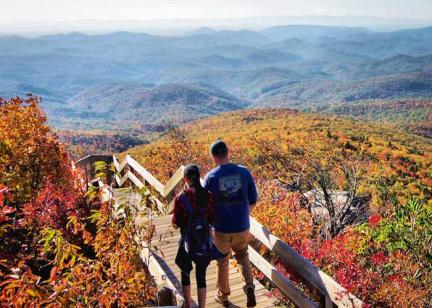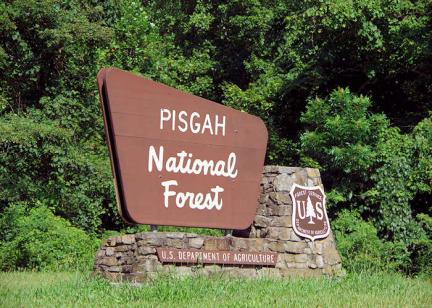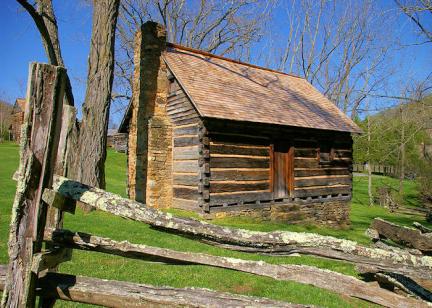Win a Downtown Asheville Stay + VIP Event Tickets

We hope you got to experience the rare total solar eclipse in western North Carolina on August 21, 2017. We spent the day at PARI (Pisgah Astronomical Research Institute) deep in Pisgah National Forest near Lake Toxaway and Brevard. More than 1,000 scientists, astronomers, media and spectators from around the world gathered for a full day of activities. Fortunately for everyone, this NASA former campus is open for space and science exploration year-round, complete with stargazing, fascinating exhibits, tours and many events. In the photo above, we watched a beautiful mountain "sunset" appear during totality from our ridgetop view at PARI.

The path of totality during the eclipse covered areas about 50-70 miles west of Asheville. Towns such as Sylva, Dillsboro, Cashiers, Bryson City, Cherokee and Robbinsville had one to two minutes of complete darkness as the moon moved in front of the sun. Even the city of Asheville saw a 99% eclipse. At 2:36 PM, the Carolina blue sky darkened and temperatures dropped.

The former NASA campus was saved from demoition and purchased by a donor for a non-profit Pisgah Astronomical Research Institute in 1998. PARI has become a leader in world-class research while providing STEM (science, technology, engineering and math) education for all ages of students. Since this was the first total solar eclipse to pass above such massive radio telescopes (they have two 85-foot ones), scientists gathered groundbreaking information that will be analyzed for years. Of the dozen other telescopes, several can be operated remotely by students and teachers. They also have five weather and atmospheric monitoring stations.

PARI's campus includes two ridges that are prime spots for space gazing. Observation decks are used year round the star gazing and daytime panoramic mountain views.

NASA opened their east coast facility here to track satellites and monitor manned space flights in 1962. This location was picked since it is well-protected site for astronomy with little light and frequency polution. Since it's in the middle of Pisgah National Forest, it always will be. The 200-acre campus contains 30 buildings with more than 100,000 square feet of floor space. Their nature center (blue building in pic above) is the site of public star gazing events.

A Moon Tree was planted on Eclipse Day near the main PARI building by founder Don Cline (standing in middle with orange shirt). Moon trees are grown from 500 seeds taken into orbit around the Moon by Stuart Roosa during the Apollo 14 mission in 1971. Stuart's daughter (holding tree) lead the dedication. Check it out during your visit!

I always love checking out the amazing equipment at PARI. Their staff members and expert volunteers love to share information and interesting facts. Their guided tours on Wednesday are highly recommended!

Another special treat was holding meteorites and seeing some from Mars and the Moon. Also see about many minerals and gems found in North Carolina.
Read more about PARI so you can plan a visit! You don't have to wait until the next eclipse here (in 2153).


